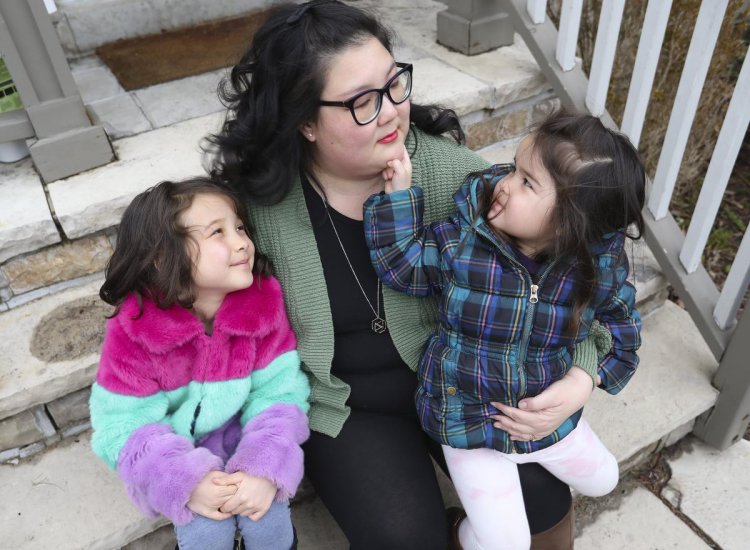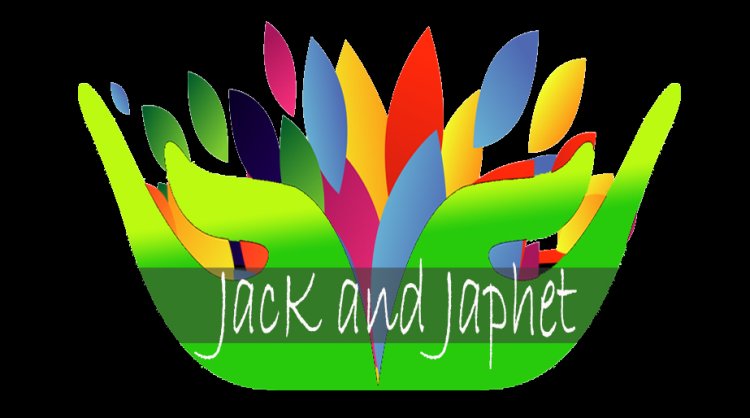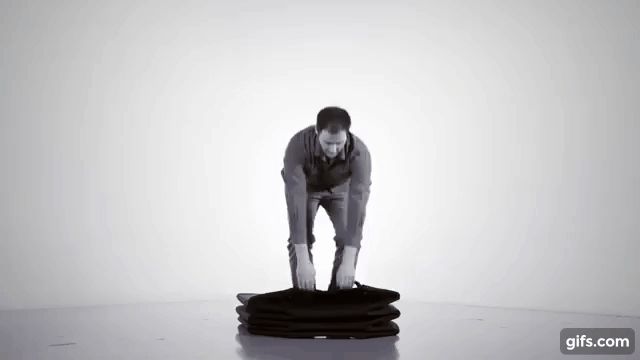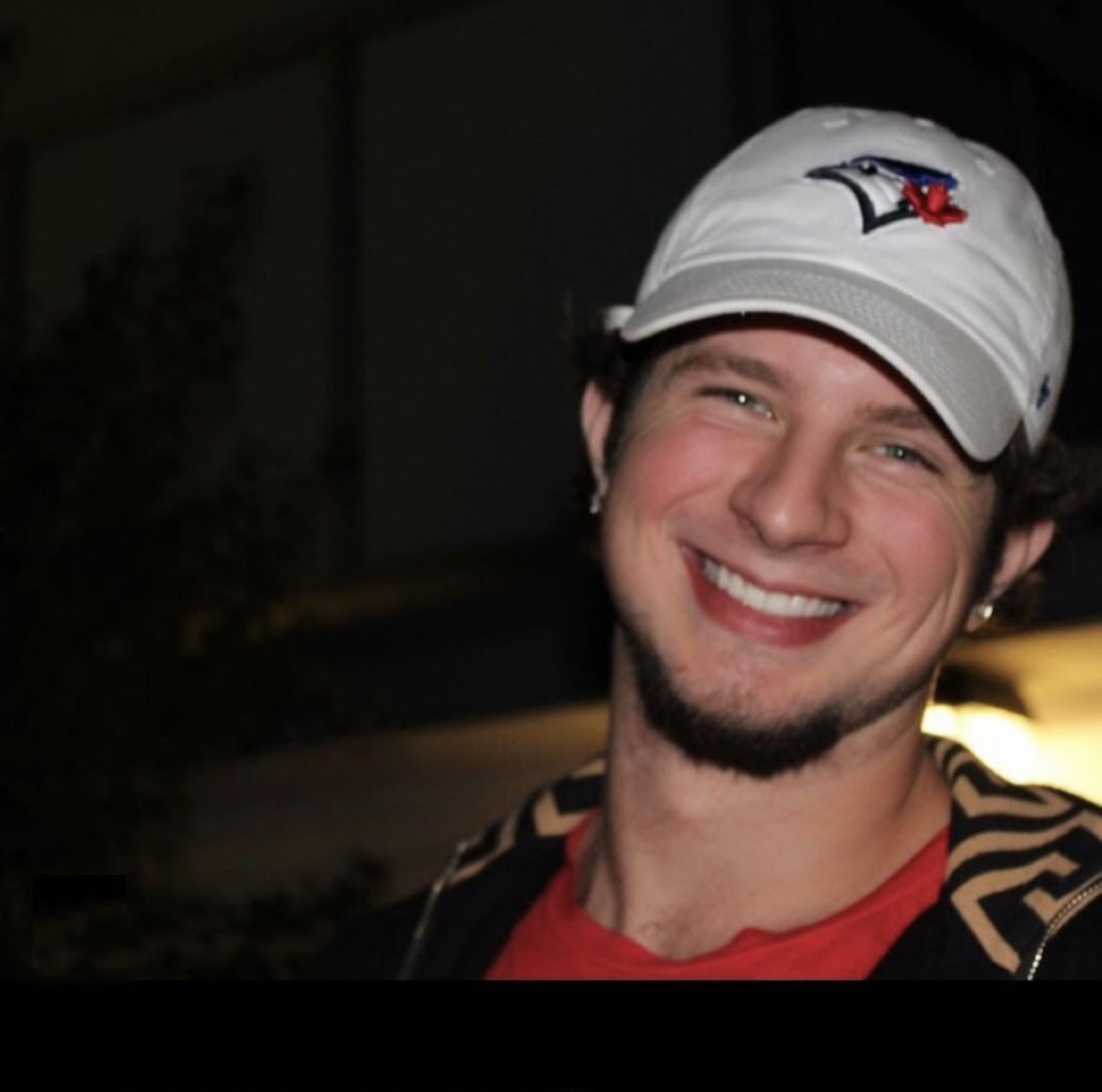‘It’s like the Hunger Games’: Wait-lists for city toddler swim programs double after pandemic pauses
Gloria Watson’s alarm rouses her early for the big day.She gets her coffee ready, sits down at her desk, logs on to her computer, opens up her meticulous spreadsheet and readies her reflexes to mash the refresh button.This is the experience of thousands of other Torontonians — not to score tickets to a hit musical or playoff basketball game, but to secure a basic need. Each and every season, this is the dance many parents do when registration for high-demand, city-run swim classes opens.And the competition has never been stiffer.Though frustrations over the lack of spots for popular recreation programs and the technical challenges of seasonal sign-up have long been the bane of parents of all backgrounds, pandemic closures have posed a new problem. One cohort of kids who have yet to learn how to swim is now colliding with a new group of tots born just before or during the pandemic to compete for a limited number of lessons. According to the city of Toronto, wait-lists for early childhood swim programs have nearly doubled between fall 2021 and spring 2022 registrations.As another pandemic swimming season approaches, the result is a cohort of young children without the critical skills needed to stay safe in pools and lakes with no affordable alternative — private clubs can charge five times as much. “We joke it’s like the Hunger Games,” Watson said. “It feels very like you have to take it super seriously, you have to be extraordinarily prepared — and most likely you still won’t get anything that you want.”That was the case for Watson this past sign-up for the spring season.At 7 a.m., she was diligently refreshing the city’s complicated online system. If users are not fast enough, the programs they selected can disappear from virtual “carts” as others beat them to completing the sign-up.But Watson had a plan. She’d found all the codes for classes she thought could work and prioritized them based on location, how they fit with her family’s schedule and the hope that, for once, she could get both her girls — six and two years old — into similar time slots at the same pool.It took just three minutes — until 7:03 a.m. — for Watson to be allowed into the busy online system. By then, all of the toddler programs she had pre-selected were booked. She was able to find one after-school lesson time for her older child this spring.For her, the lessons are needed to teach her young children an “essential life skill.”“When we’re down at the harbourfront and they’re walking the rails … it just stops my heart,” she said. “We love using these public spaces but for me the anxiety doesn’t stop.”Barbara Byers, the Livesaving Society’s senior research officer, said the Ontario branch of her organization is also concerned about the gap in swim lessons for pandemic kids.“It’s been two years and across the province … there have been very limited opportunities to go swimming period, let alone to have instruction for swimming,” she said.“Learning survival swimming skills or basic swimming skills is like an immunization against drowning.”Private club lessons can be prohibitively expensive, especially for a toddler just learning to be comfortable in the water.To compare, the city’s “guardian swim” introductory program for toddlers costs $47 this season for a total 4.5 hours of instruction. The city also offers fee subsidies to residents who can’t afford programs based on need. And some centres around the city offer free programming. Comparable private programs can cost hundreds of dollars, if you can get in — nearly $300 to $430 for toddlers at Davina’s Swim House, depending on the level, which works out to $33 per lesson. Prices were comparable at Felix’s Swim Schools and St. Alban’s Club.The Star asked the city for data for the most recent spring sign-up and the last comparable sign-up from Fall 2021. (There were no spring programs in 2021 due to COVID-19.)The number of total registrations grew from 2,386 in 2021 to 3,910 in 2022. Though there were still 121 available spaces remaining this season, the wait-list was substantial — 9,868 spaces long compared to 4,632 in 2021.Waitlists are specific to particular locations and classes, a city spokesperson explained. A lot of factors could apply — transportation access to the location, timing of programs and the quality of the pool. New facilities like the Pam McConnell Aquatic Centre in Regent Park, which is also a free centre, often see lessons go quickly.The wait-list numbers also account for the fact that some parents may put their kids on multiple wait-lists.Still, the wait-lists could be under-counting the number of children who missed out on a spot.Parents like Watson told the Star they don’t even bother adding themselves to wait-lists anymore because in their experience those spots never open up.The city’s parks, forestry and recreation division said in a statement that its aquatics programs are in high demand “even in non-pandemic times.”“In fall 2021, a number of public health restr


Gloria Watson’s alarm rouses her early for the big day.
She gets her coffee ready, sits down at her desk, logs on to her computer, opens up her meticulous spreadsheet and readies her reflexes to mash the refresh button.
This is the experience of thousands of other Torontonians — not to score tickets to a hit musical or playoff basketball game, but to secure a basic need. Each and every season, this is the dance many parents do when registration for high-demand, city-run swim classes opens.
And the competition has never been stiffer.
Though frustrations over the lack of spots for popular recreation programs and the technical challenges of seasonal sign-up have long been the bane of parents of all backgrounds, pandemic closures have posed a new problem.
One cohort of kids who have yet to learn how to swim is now colliding with a new group of tots born just before or during the pandemic to compete for a limited number of lessons. According to the city of Toronto, wait-lists for early childhood swim programs have nearly doubled between fall 2021 and spring 2022 registrations.
As another pandemic swimming season approaches, the result is a cohort of young children without the critical skills needed to stay safe in pools and lakes with no affordable alternative — private clubs can charge five times as much.
“We joke it’s like the Hunger Games,” Watson said.
“It feels very like you have to take it super seriously, you have to be extraordinarily prepared — and most likely you still won’t get anything that you want.”
That was the case for Watson this past sign-up for the spring season.
At 7 a.m., she was diligently refreshing the city’s complicated online system. If users are not fast enough, the programs they selected can disappear from virtual “carts” as others beat them to completing the sign-up.
But Watson had a plan. She’d found all the codes for classes she thought could work and prioritized them based on location, how they fit with her family’s schedule and the hope that, for once, she could get both her girls — six and two years old — into similar time slots at the same pool.
It took just three minutes — until 7:03 a.m. — for Watson to be allowed into the busy online system. By then, all of the toddler programs she had pre-selected were booked. She was able to find one after-school lesson time for her older child this spring.
For her, the lessons are needed to teach her young children an “essential life skill.”
“When we’re down at the harbourfront and they’re walking the rails … it just stops my heart,” she said. “We love using these public spaces but for me the anxiety doesn’t stop.”
Barbara Byers, the Livesaving Society’s senior research officer, said the Ontario branch of her organization is also concerned about the gap in swim lessons for pandemic kids.
“It’s been two years and across the province … there have been very limited opportunities to go swimming period, let alone to have instruction for swimming,” she said.
“Learning survival swimming skills or basic swimming skills is like an immunization against drowning.”
Private club lessons can be prohibitively expensive, especially for a toddler just learning to be comfortable in the water.
To compare, the city’s “guardian swim” introductory program for toddlers costs $47 this season for a total 4.5 hours of instruction. The city also offers fee subsidies to residents who can’t afford programs based on need. And some centres around the city offer free programming.
Comparable private programs can cost hundreds of dollars, if you can get in — nearly $300 to $430 for toddlers at Davina’s Swim House, depending on the level, which works out to $33 per lesson. Prices were comparable at Felix’s Swim Schools and St. Alban’s Club.
The Star asked the city for data for the most recent spring sign-up and the last comparable sign-up from Fall 2021. (There were no spring programs in 2021 due to COVID-19.)
The number of total registrations grew from 2,386 in 2021 to 3,910 in 2022. Though there were still 121 available spaces remaining this season, the wait-list was substantial — 9,868 spaces long compared to 4,632 in 2021.
Waitlists are specific to particular locations and classes, a city spokesperson explained. A lot of factors could apply — transportation access to the location, timing of programs and the quality of the pool. New facilities like the Pam McConnell Aquatic Centre in Regent Park, which is also a free centre, often see lessons go quickly.
The wait-list numbers also account for the fact that some parents may put their kids on multiple wait-lists.
Still, the wait-lists could be under-counting the number of children who missed out on a spot.
Parents like Watson told the Star they don’t even bother adding themselves to wait-lists anymore because in their experience those spots never open up.
The city’s parks, forestry and recreation division said in a statement that its aquatics programs are in high demand “even in non-pandemic times.”
“In fall 2021, a number of public health restrictions remained in place that may have affected registration trends. With many restrictions now lifted, we are seeing a renewed interest in these activities,” the statement said.
“The unavailability of these programs through periods of shutdown and restrictions could be a contributing factor to the higher wait-list we are seeing for the spring session.”
With mask requirements now lifted, staff said they can increase program capacity since caregivers are no longer required to accompany their kids in the water.
Emma Alter, mom to a two-and-a-half year old, said she learned from other parents in Facebook groups about registration days and realized she needed to be overly prepared.
Her daughter got into swim lessons just before the pandemic when she was just six months old. Alter and her husband had to use a computer, two phones and an iPad while constantly refreshing to secure a spot.
“Now she’s a walking, talking person and she hasn’t really been in the water since then,” Alter said.
After two years of COVID-19 and no alert from her local groups, she missed sign-up by a day. She’s currently wait-listed on five or six different pools that are within TTC or biking distance and work with their service industry schedules.
Getting her daughter those skills is really important to her because her in-laws have a cottage.
She noted that for parents who don’t have the time or technology to be online trying to get these lessons, the chances are even worse.
The Star has previously reported on how families in priority neighbourhoods — lower income and more racialized — like Regent Park have had trouble accessing their own local pools and have resorted to camping outside recreation centres the night before sign-up to try to snag a spot.
Coun. Kristyn Wong-Tam previously pushed for Regent Park families to be able to access swimming through local school pools starting with a pilot in 2019. Now permanent, she said that idea could work across the city.
“We stumbled onto something great in Regent,” Wong-Tam said.
Byers said parents who are less motivated to register their kids in these programs may be further dissuaded by how difficult that process can be.
She said parents feeling guilty about their kids not learning how to swim yet should not be discouraged.
“It’s definitely not too late,” she said.
She recommended free swims at local pools as a great way to get kids used to water in a safe environment where lifeguards are on duty and life jackets are available for both children and adults not confident in the water.
Alter said her daughter, who she hopes to get into lessons this summer, has already been talking about going on the motorboat with her grandparents at the cottage.
“I want her to be able to do that.”
Jennifer Pagliaro is a Toronto-based reporter covering city hall and municipal politics for the Star. Follow her on Twitter: @jpags




















